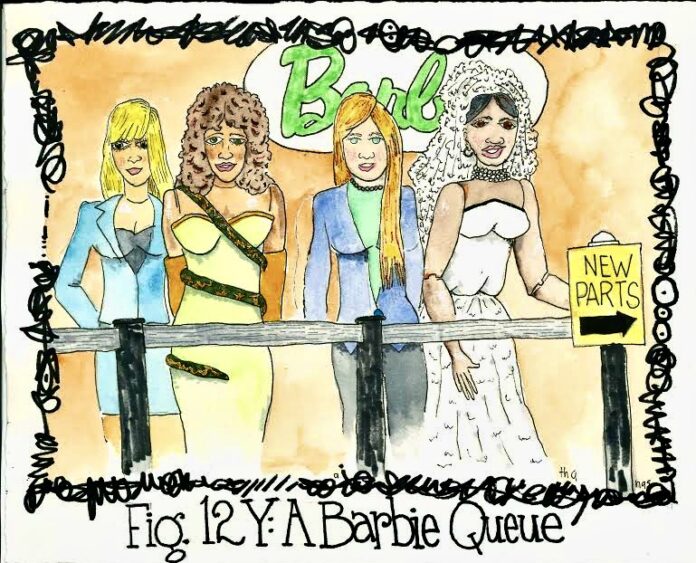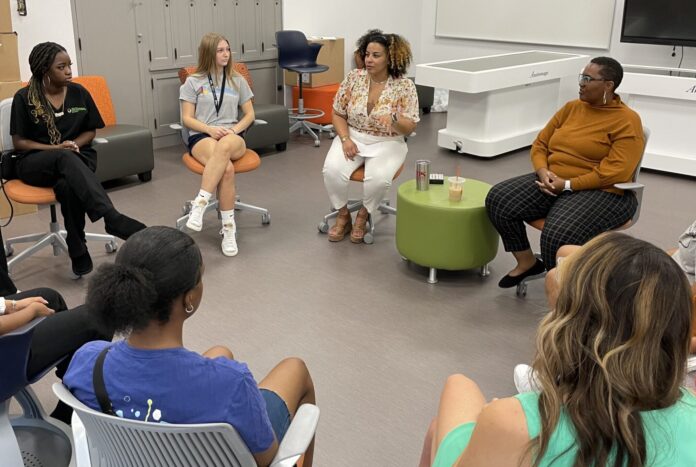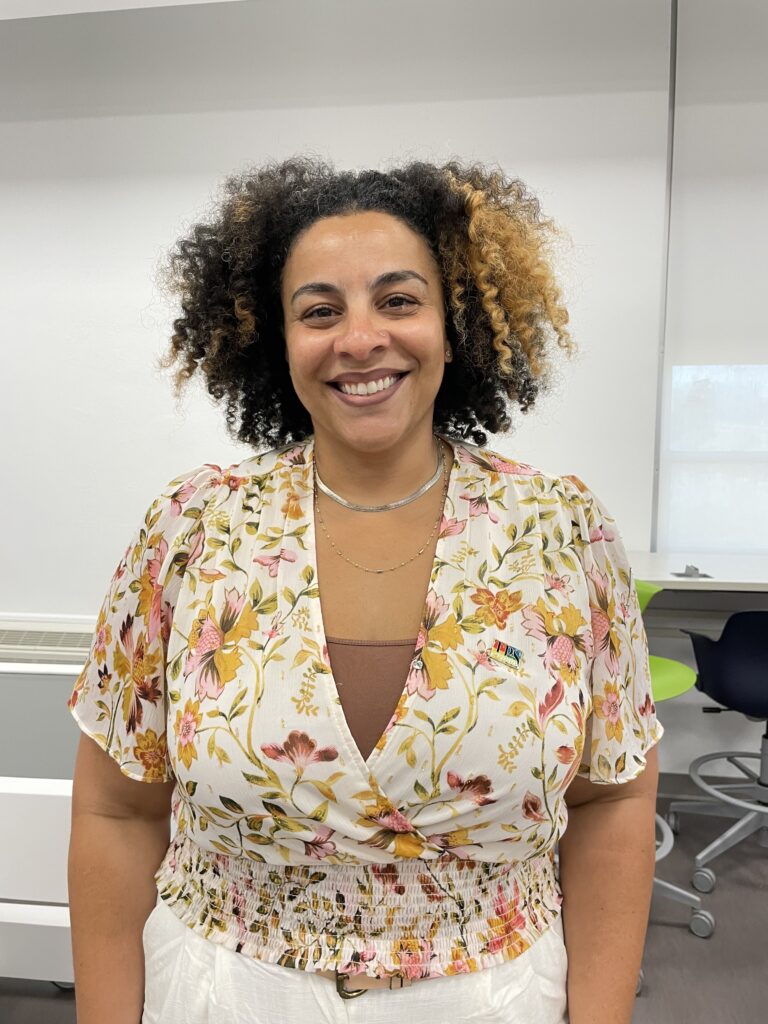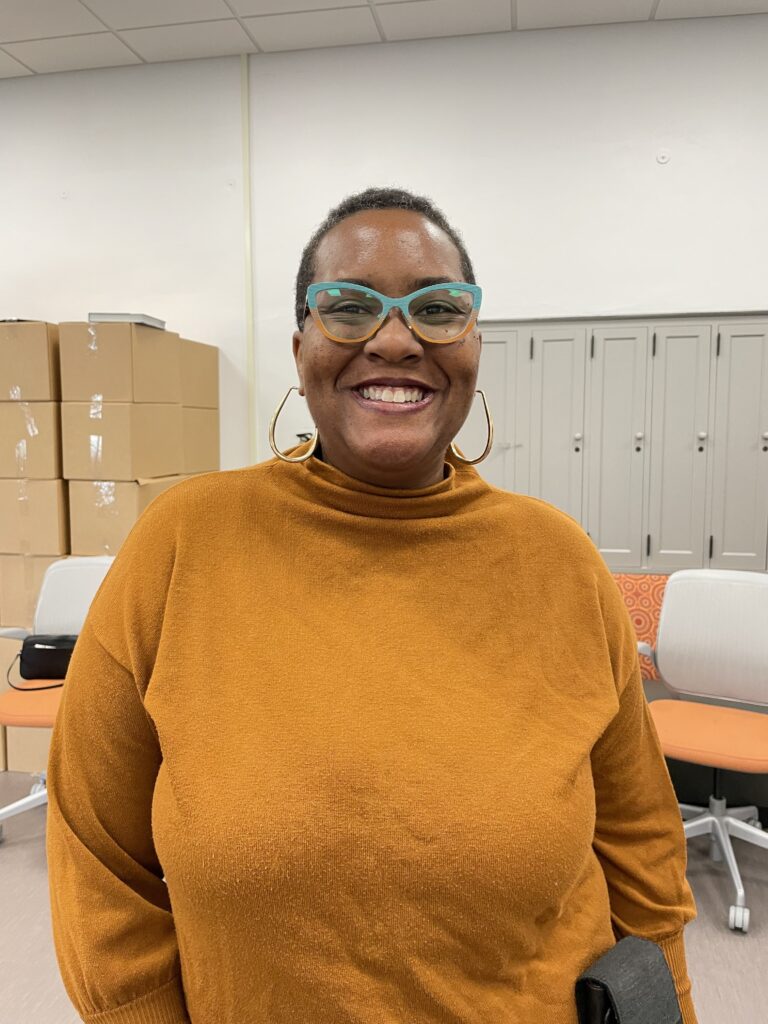Girl Named Tom homebound
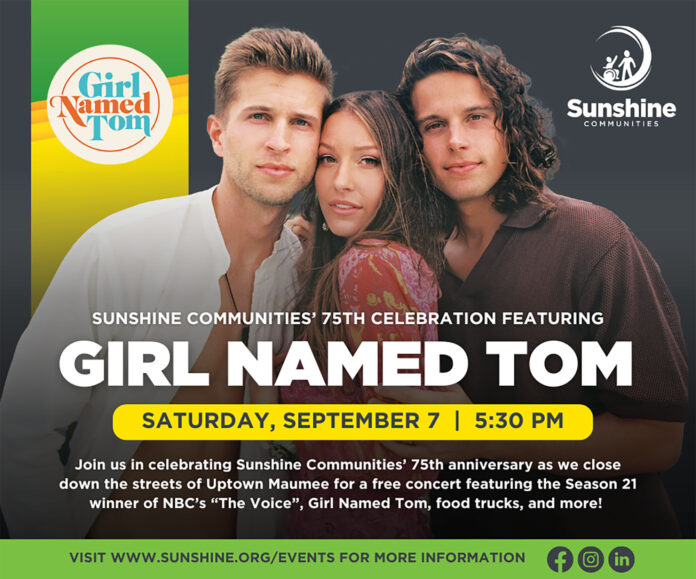

Sunshine Communities celebrate 75 years With Girl Named Tom band
MAUMEE – A little background: Sunshine Communities is a community that has an agenda of supporting people with developmental disabilities. In 1950, Roy and Georgette Engler founded Sunshine Homes due to the dissatisfaction of the poor living conditions in the in-state institutions. Aiming for better living environments for children, the Englers used donated material and labor to build a structure next to their home that included a medical staff and care.
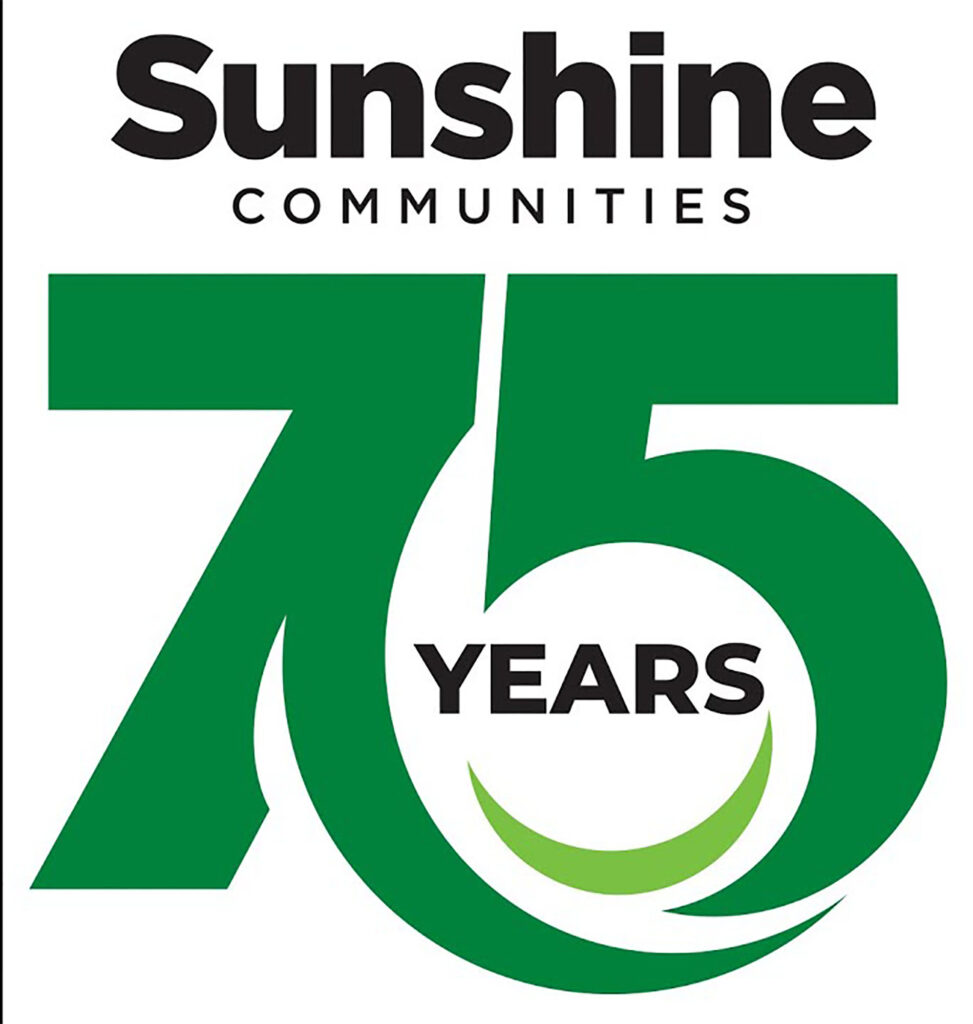
By 1978, Sunshine had expanded enough to include family care and vocational services that helped adults with disabilities who were working. As of today, Sunshine supports 250 individuals everyday with 430 employees, 50 nurses, 28 residual homes, and 60 vehicles that provide transportation.
75 years later, the community still thrives. A coffee shop in downtown Maumee named Georgette’s allows some of the community members to work in the public. The community itself holds jobs for their members, such as helping raise and take care of farm animals and horses. With a strong tie to the Mennonites, Sunshine is sponsored by the Mennonite Health Services, sharing core values and beliefs, like empathy, integrity, mutuality and a shared faith-centered mission.
On Sept. 7, Sunshine will throw their grand finale celebration in downtown Maumee, near Georgette’s, as it “aligns perfectly with our sunshine footprint and strengthens our connection with the community,” stated Sunshine Communities’ CEO Jason Abodeely.


To celebrate, Girl Named Tom, winners of the hit NBC TV show, The Voice, will perform.
Girl Named Tom, based out of Pettisville, Ohio have strong ties to the Mennonite community, a community that also has strong ties to Sunshine.
In a statement from Abodeely, he shared why Girl Named Tom was a good fit for the event:
We approached Girl Named Tom due to their strong ties to the Mennonite faith, from which we built our core values in the 1960s. Mennonite congregations supported Sunshine Children’s Home, now Sunshine Communities, through quilt-making and other philanthropic efforts. Those relationships, and our mission, have stood the test of time, as we continue to create community through Anabaptist values. It’s come full circle, and we’re incredibly proud to remain deeply connected to our roots in Northwest Ohio 75 years later.
Abodeely wrote that “we wanted to bridge our past with the present. We host summer concerts each year on our campus, and bringing Girl Named Tom to Uptown Maumee alongside our friends, neighbors, and retail locations marks a new chapter in this tradition”
Beginning at 5 p.m., the event is free to the public and will be standing room only, but chairs are permitted with no umbrellas. Port-a-potties will also be on site, food trucks will be available.
Opening for Girl Named Tom at 5:30 p.m. is local band Chloe and the Steel Strings. Girl Named Tom will perform at 7:15 p.m.
Here are a few more details to know before you go:
- First aid will be located at Sunshine Studios
- Guests are asked to bring chairs
- Food trucks will be present
- This is not a ticketed event
- Jacky’s Depot will be offering signature Sunshine partnership ice cream flavors
Below is a map of the event:
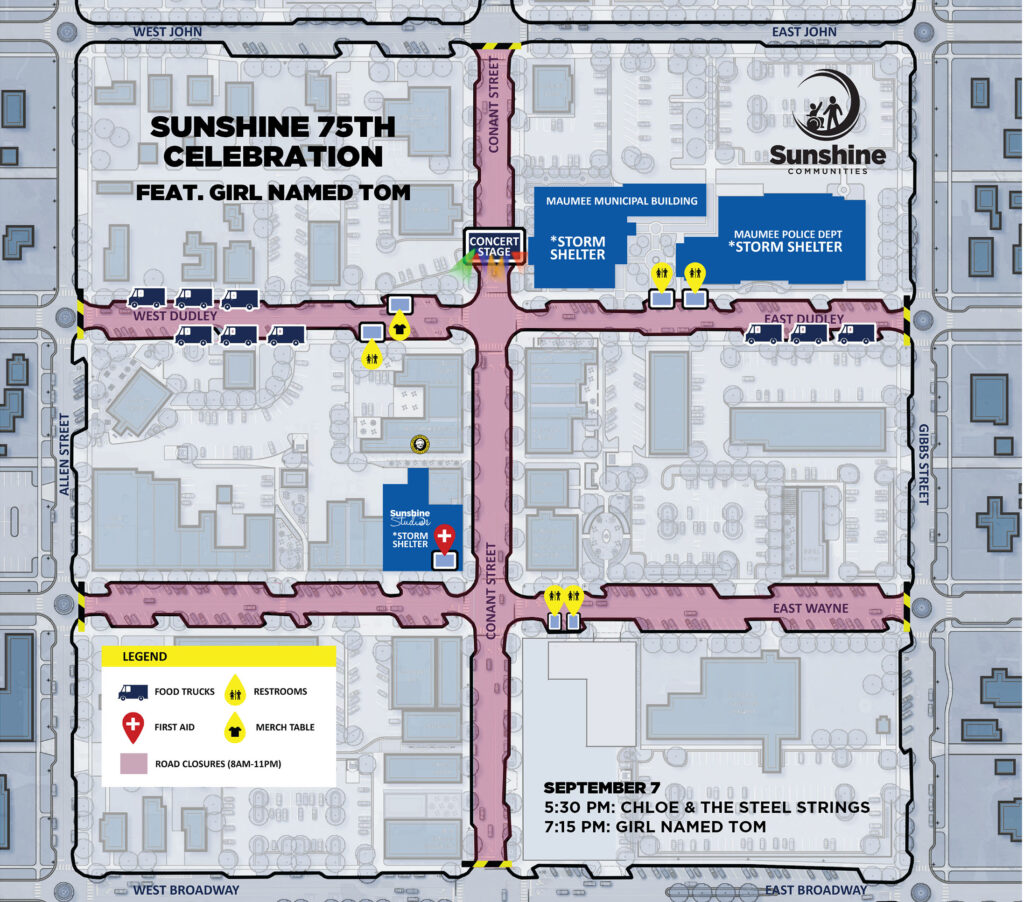

Kid’s well-care visits
Well-care and physical exams necessary, encouraged for children
Parents often ask if their child still needs a well-care or physical exam if their immunizations are up-to-date.
The answer is yes, and there are several reasons that it is important to have an annual well care exam. For example, physicians can identify problems early and prevent chronic illness. It allows for parent education to promote healthy habits, anticipatory guidance related to the next developmental milestones related to age of the child, education and promotion of the importance of vaccinations, and providing vaccines if needed and parents are agreeable.
The well-care exam also allows for early identification of possible chronic medical conditions such as asthma, ADHD, anxiety, migraines, childhood obesity, high cholesterol, or early onset diabetes, among others. The visit also offers a time for parents and children/teens to ask questions related to their concerns.
Early diagnosis can help providers to begin treatment before there are complications and comorbidities related to untreated chronic medical illnesses. With the increase in childhood obesity, we are seeing an increase in childhood lipidemia, hypertension and diabetes.
Rates of anxiety and depression are also rising among children, so this also allows us to be proactive instead of reactive. The earlier we start treatment, the less likely there will be complications from these chronic illnesses, which increases the child’s chances of recovery and stability.
The American Academy of Pediatrics recommends an annual well-child exam/physical exam every year starting at the age of three, including height and weight with a body mass index (BMI).
Other recommendations include an annual blood pressure screening annually starting at age three and at every visit for high-risk patients, vision and hearing screenings annually or every two years for school-aged children, a risk assessment for sudden cardiac arrest and death from ages 11-21, a universal screening for dyslipidemia with a lipid profile once between ages 9-11, and a screening for anxiety/depression beginning at age 12. (Source: AAP)
If your child has not had a well child/physical exam in over a year, make time to call your primary care provider and schedule their exam.
AW Trail prairie mowed down
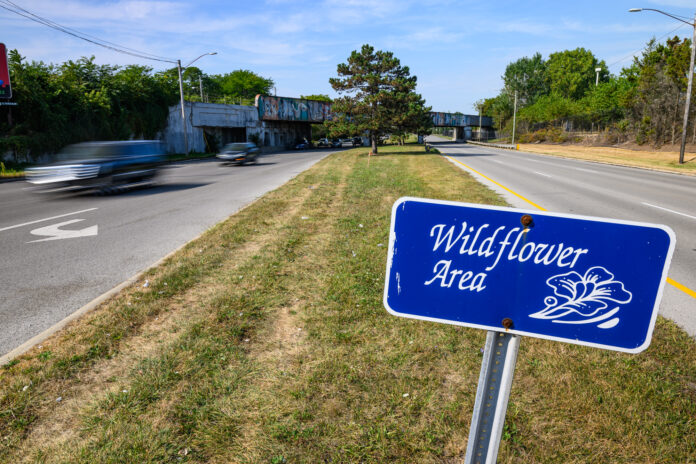

Anthony Wayne Trail prairie mow angers residents
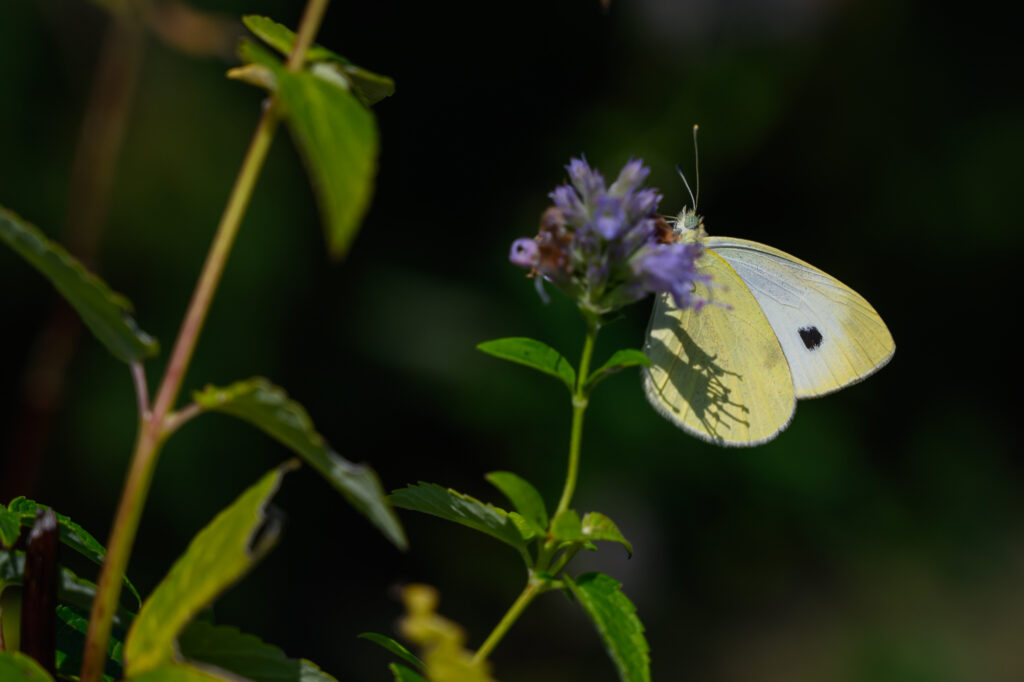

Northwest Ohioans are so lucky to experience the diverse wildlife found within the Great Lakes Basin, with ecosystems that include the Lake Erie Coastal Zone, the Oak Openings Region, the Great Black Swamp and the Maumee River.
TOLEDO – I have always had a deep love and respect for the outside world. Growing up, I remember going to Maumee Bay, Magee Marsh and Crane Creek with my family to walk the trails, watch for migratory birds and walk along the Lake Erie shoreline.
Now, as an adult, I keep a garden, continue to enjoy our city’s many wonderful metroparks, such as Wildwood, Side Cut and Oak Openings. I also pick up litter wherever I go. Our small but diverse ecosystem is vitally important because we host a plethora of pollinator and migratory bird species.
Annually, 70,000 to 80,000 people visit Magee Marsh in the six-week period mid-April through May during the songbird migration.
-metroparkstoledo.com
In order for these birds to make such a long and treacherous migration, many native plant species and pollinators are needed to support the vast number of birds. Our area is home to many different species of bees and butterflies, including the rare Karner blue butterfly, which is endangered due to habitat loss.
Like the Karner blue butterfly, honeybee populations are also declining around the world due to use of pesticides and colony collapse disorder. Farmers and gardeners alike rely on honeybees in order to pollinate crops. If honeybees were to become extinct, our crops could not be pollinated enough to support us.
A little over a decade ago, the Toledo Zoo showed its dedication to conservation efforts through the establishment of the Wild Toledo program.
In the fall of 2014, Wild Toledo began converting previously mowed lawn and abandoned lots to environmentally beneficial urban prairies, which save resources through reduction of mowing, improve rain water management and reduces runoff. These plantings also provide aesthetically pleasing habitat for important native species like birds and pollinators.
-toledozoo.org
The benefits of planting these prairies include increasing pollinator population, decreasing carbon dioxide, reducing runoff, creating resting spots for migratory birds, reducing upkeep, creating sources of beauty, increasing food sources and increasing habitats in general.
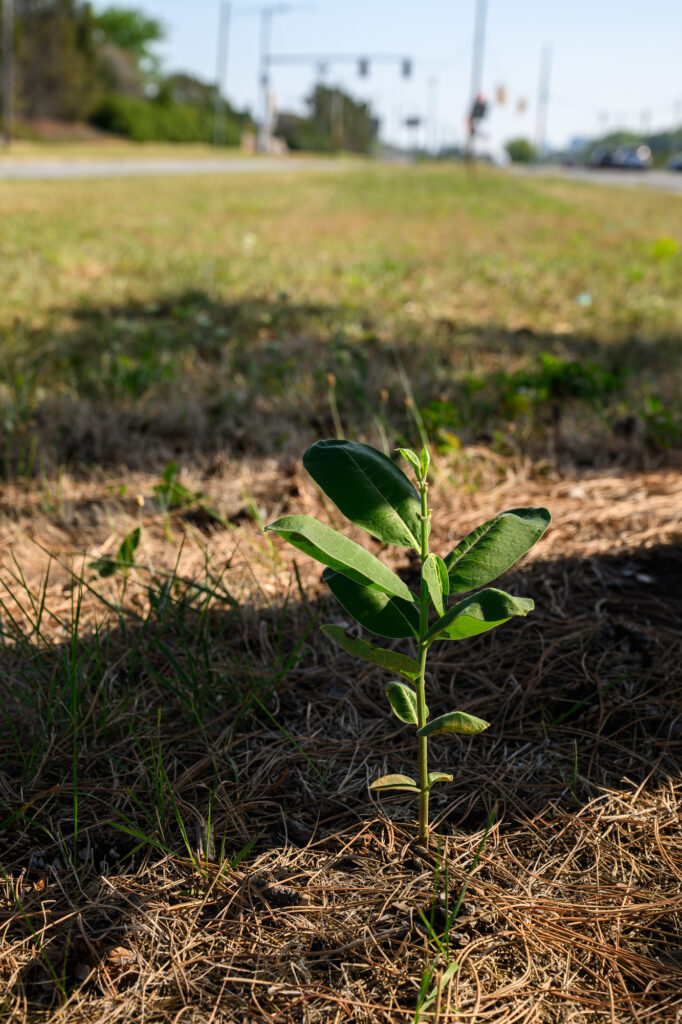

The Anthony Wayne Trail has been a dedicated prairie since the Wild Toledo program began, but it has since been mowed down by the City of Toledo, which has upset many citizens.
A video from the Toledo Zoo was uploaded to their Facebook page on August 23 as a response to concerns over the missing prairie. Dr. Ryan Walsh, director of Plant Conservation, stated that “the Anthony Wayne Trail prairie is one of the first prairie Wild Toledo put in over a decade ago and it was, by all accounts, one of our most successful at this point. That prairie was pretty much self-sufficient,” he said. “It required very little maintenance on our part because, once a prairie’s reached a certain size, they will actually outcompete all the weeds, and there’s very little maintenance that needs to be done.”
Walsh added that the prairie was a collaboration with the city, as it is their land being used. “Unfortunately, the City of Toledo decided they did not like look of the prairies. They did not like the fact that it was providing ecosystem services and they wanted to take this in a different direction.”
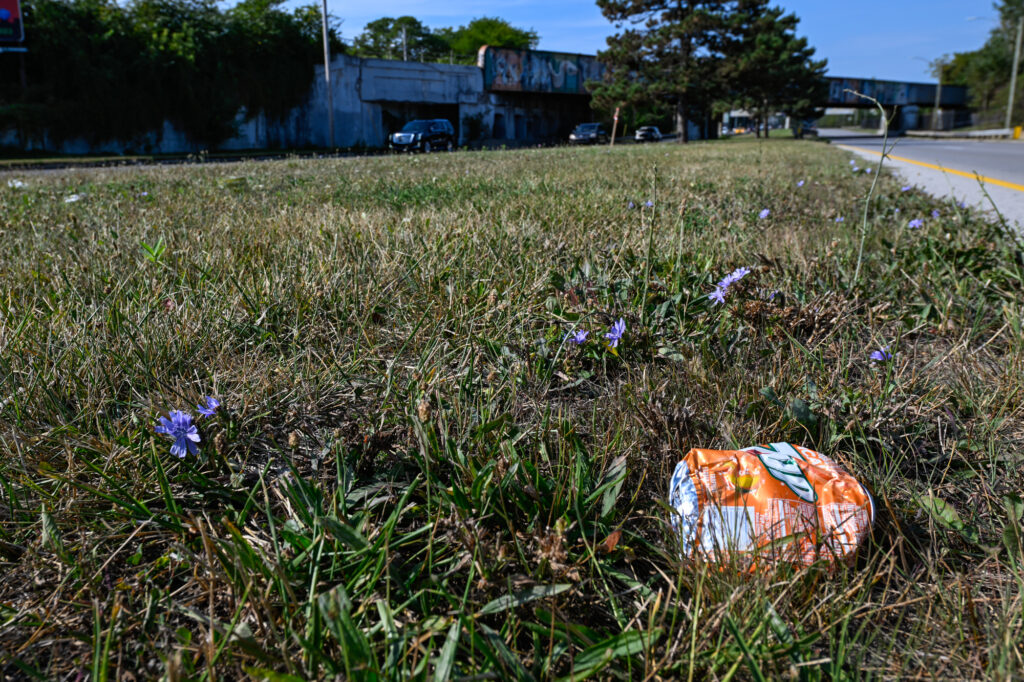

According to news reported by 13abc, the city had been getting complaints about the appearance of the prairie. Some citizens believed the prairie to be weeds and wished to see grass rather than the diverse prairie. The news station also stated that the city wished to work with the zoo in order to establish a project where seasonal wildlife would be planted, but the zoo did not wish to respond.
Walsh went on to explain that the city didn’t have to spend money mowing the prairie. That’s actually saving tax payer dollars in the interest of conservation and creating habitat, in comparison to formal landscaping, which would be 30 to 40 times more expensive as a prairie instillation or mowing alone.
“So, there’s less time, effort, money and CO2 going into the atmosphere,” said Walsh.
It is extremely disheartening to me to see how the city has handled this situation. The zoo has been working hard to raise awareness about the importance of these prairies. The response from citizens has been plentiful, as people are upset over the actions of the city for their environmental negligence.
I, and many others, would like to see the city leave the prairies alone and let the zoo keep up their conservation efforts. It is important to keep these designated wildlife habitats so that we may live in a cleaner and healthier environment. This is not only vital for us right now, but for our future generations.
If you would like to start your own native wildlife garden or habitat, there are seeds and plants for purchase on the Toledo Zoo website.
We may do better in Toledo, but I hope our native pollinators can too.


Toledo feels the Pride


15 years of Pride celebrated in the streets of Downtown Toledo
TOLEDO – The city came alive over the weekend as the annual Toledo Pride Festival kicked off on Friday at Promenade Park. This year’s celebration offered a vibrant and diverse array of activities designed to honor love, diversity and community.
Friday’s festivities opened with a dynamic lineup of live music, DJs and drag performances. Performers, such as Ann Arbor Drag Queen Jessi Hex and Toledo’s very own Sam Tolson provided an evening of entertainment that kept attendees dancing well into the night. Once the sun went down, Fleet Feet held their Toledo Night Pride 5k Glo and 1-mile Fun Run.


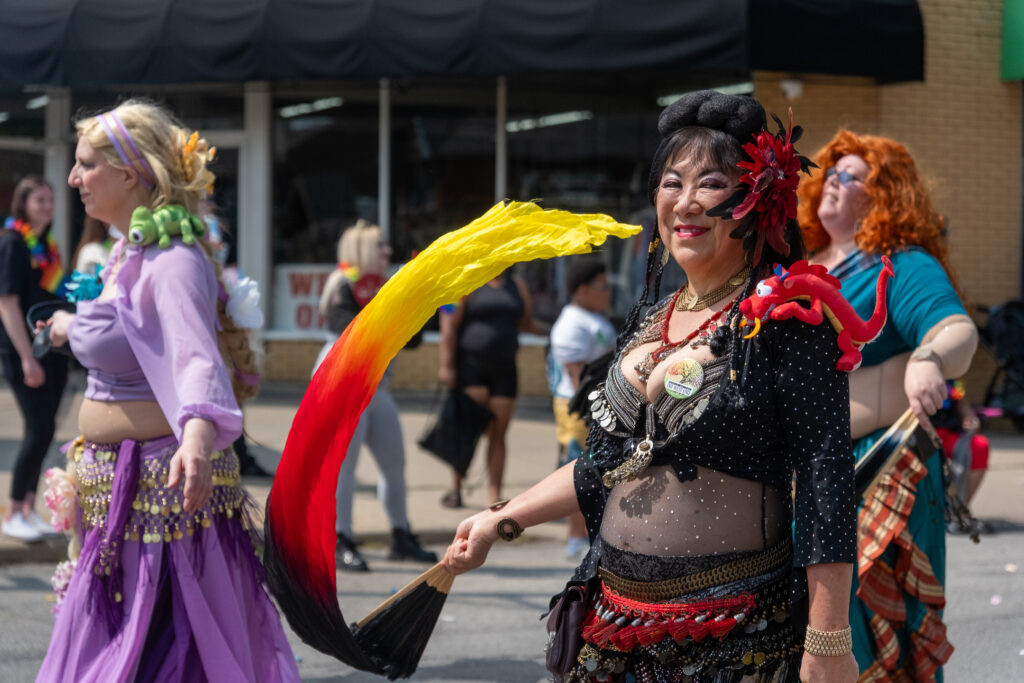

The festivities continued on Saturday, with the Pride Parade, which started on Adams St. and concluded on Summit St. Hundreds of supporters, covered in their rainbow gear, lined the streets to cheer on the colorful procession.
Following the parade, Promenade Park became the epicenter of celebration once again for a second night of festivities. The day’s events featured even more live music, entertainment, and an expanded array of food trucks and community vendors.
“This year marks 15 years of pride here in Toledo,” said Pride Fest’s MC, DJ Savanna.
“Celebrating 15 years of Toledo Pride and my 5th year of participation, the parade remains my favorite. Seeing local businesses and people come together in joyful celebration highlights the strength and unity of our community, making each year a powerful reflection of who we are,” said Taylor Shettlewood.
With something for everyone, from captivating performances to local shopping opportunities, the weekend was filled with joy and unity. Toledo Pride remained a family-friendly event, welcoming people of all ages to join in and experience the city’s biggest pride celebration of the year.
















